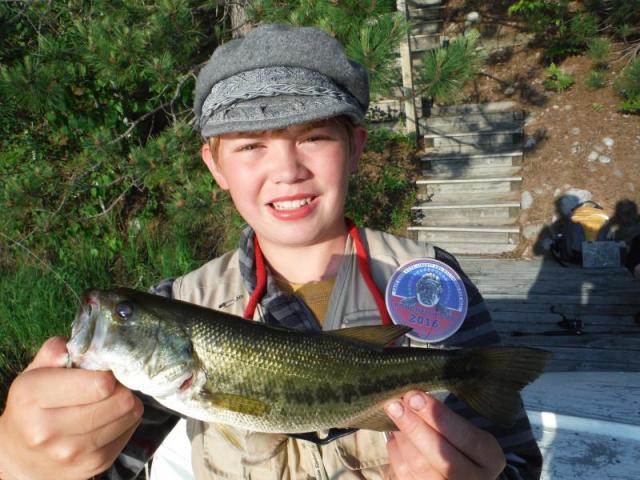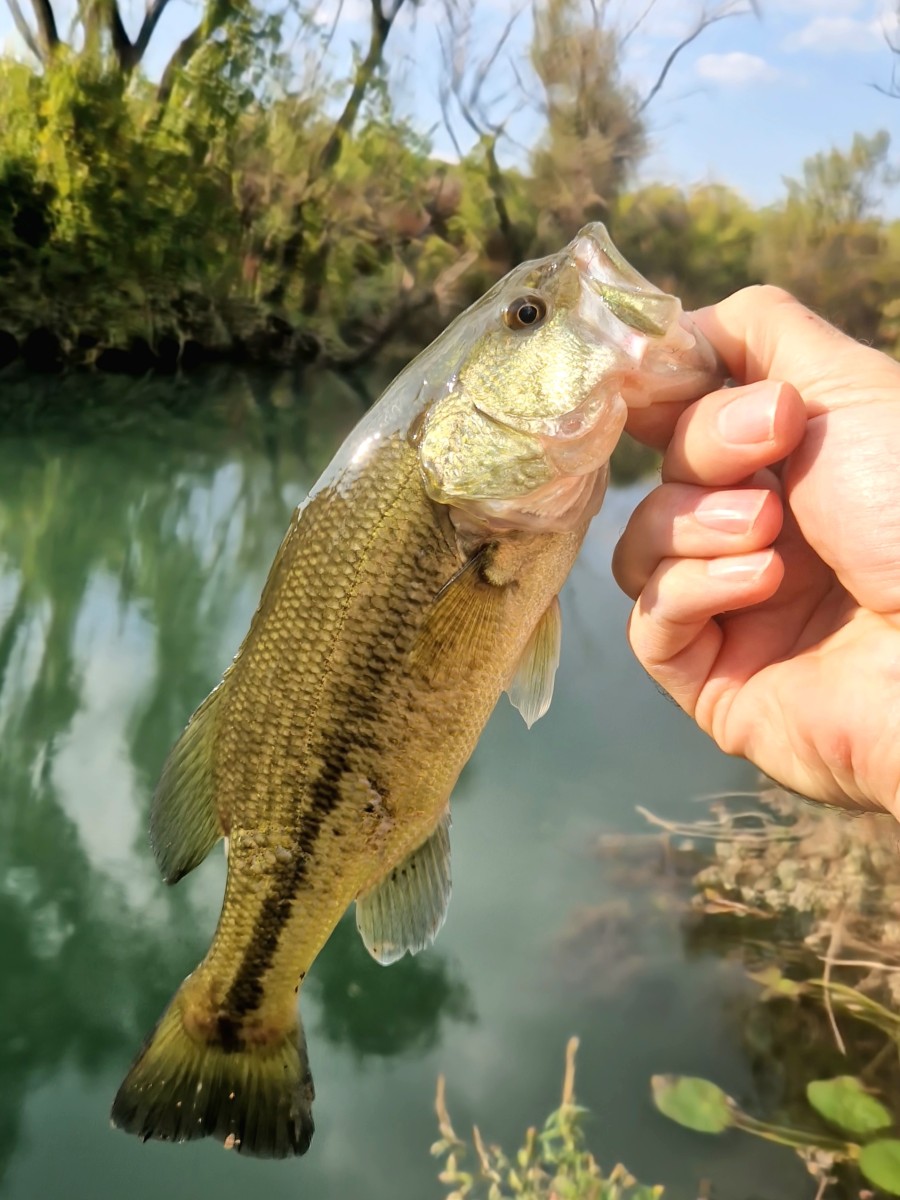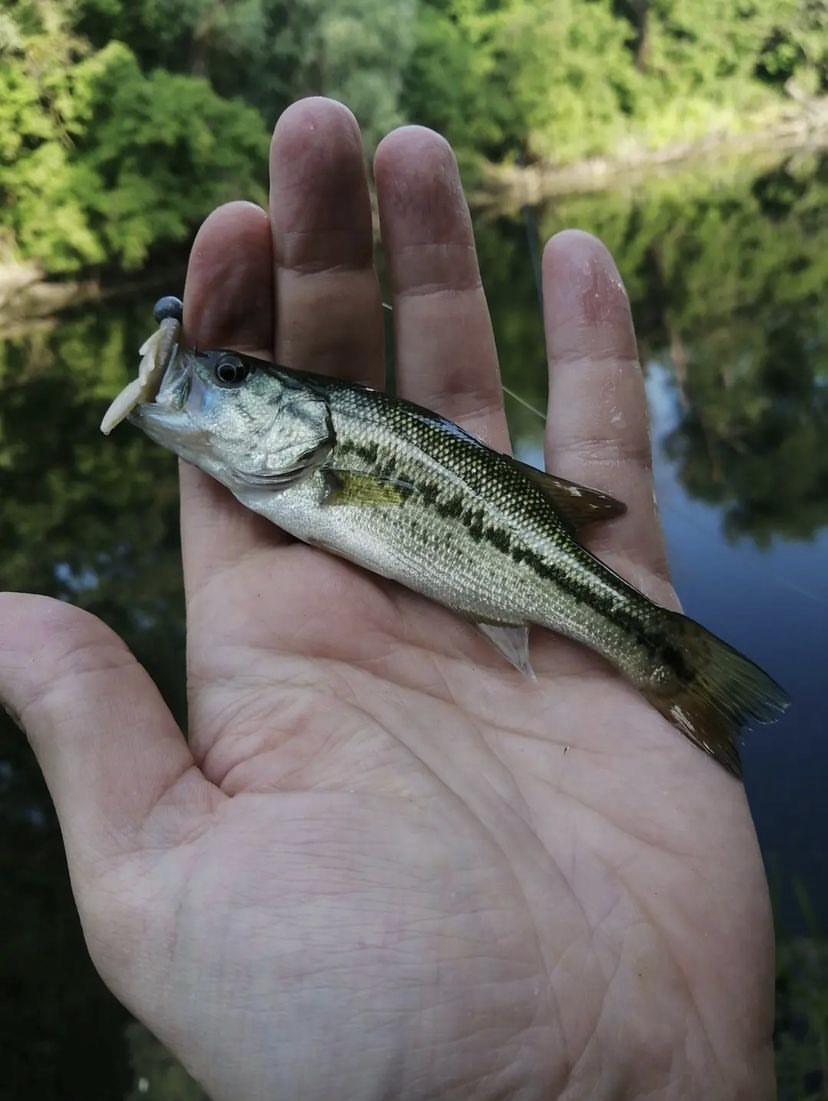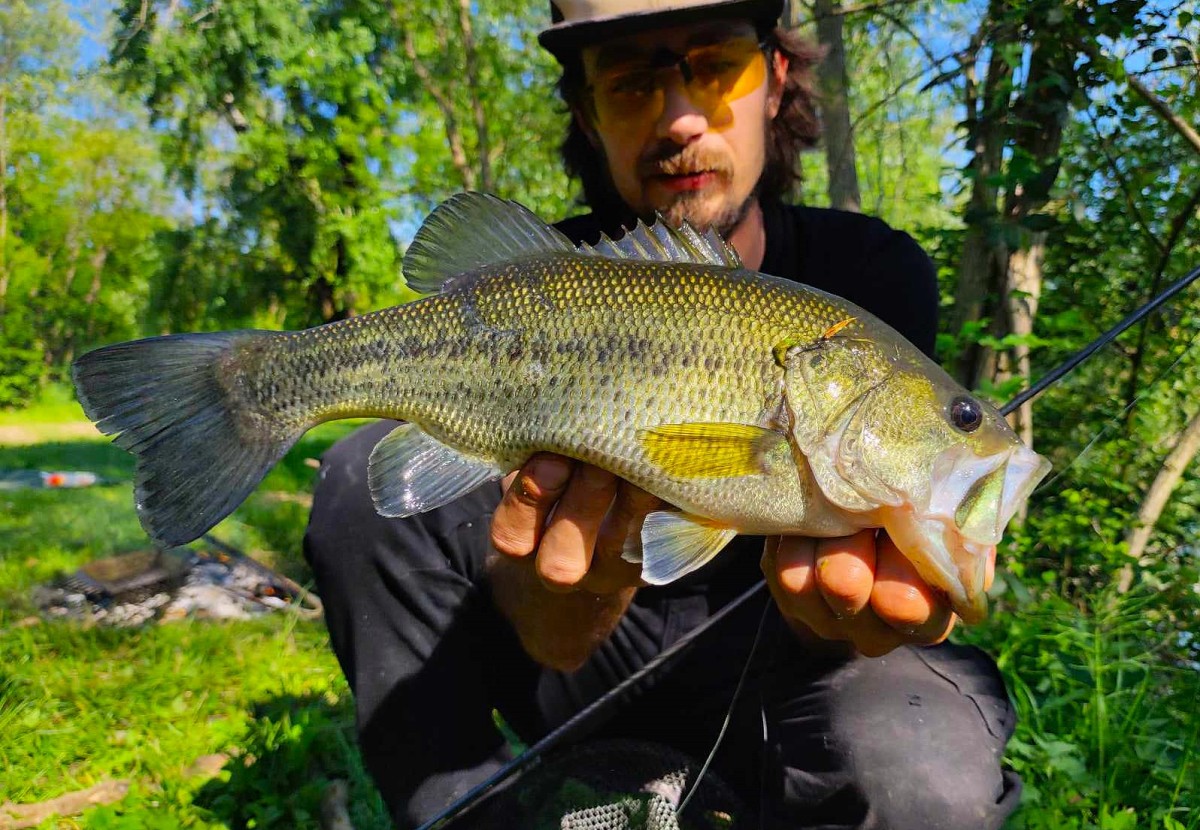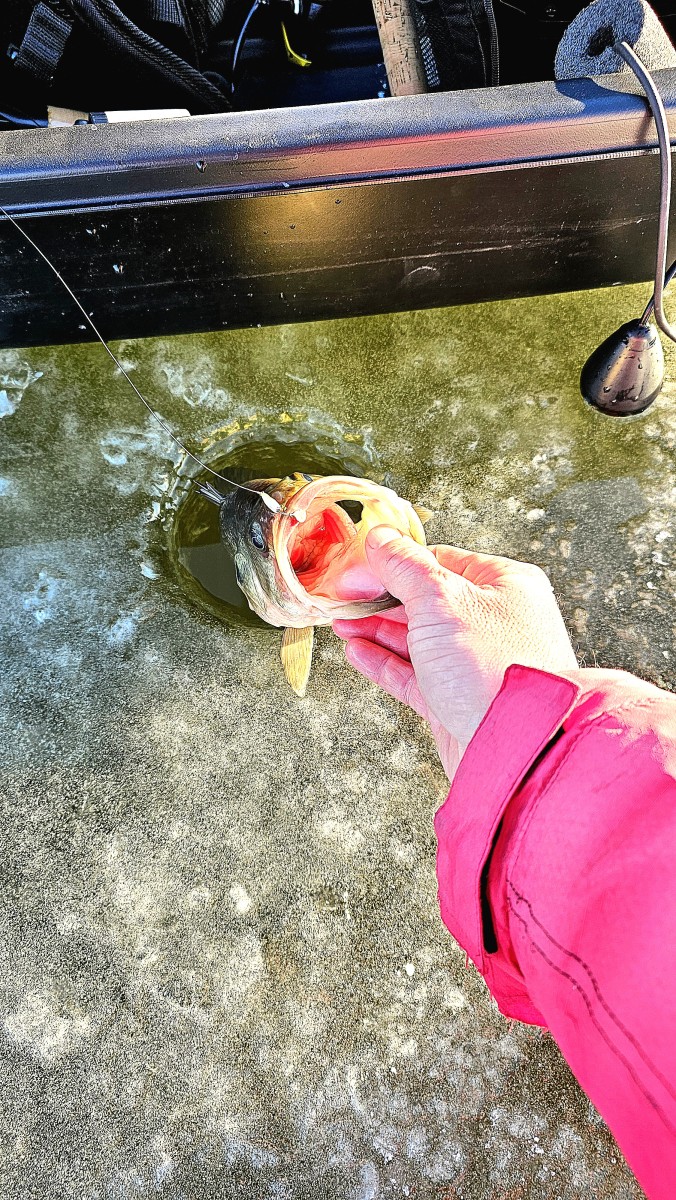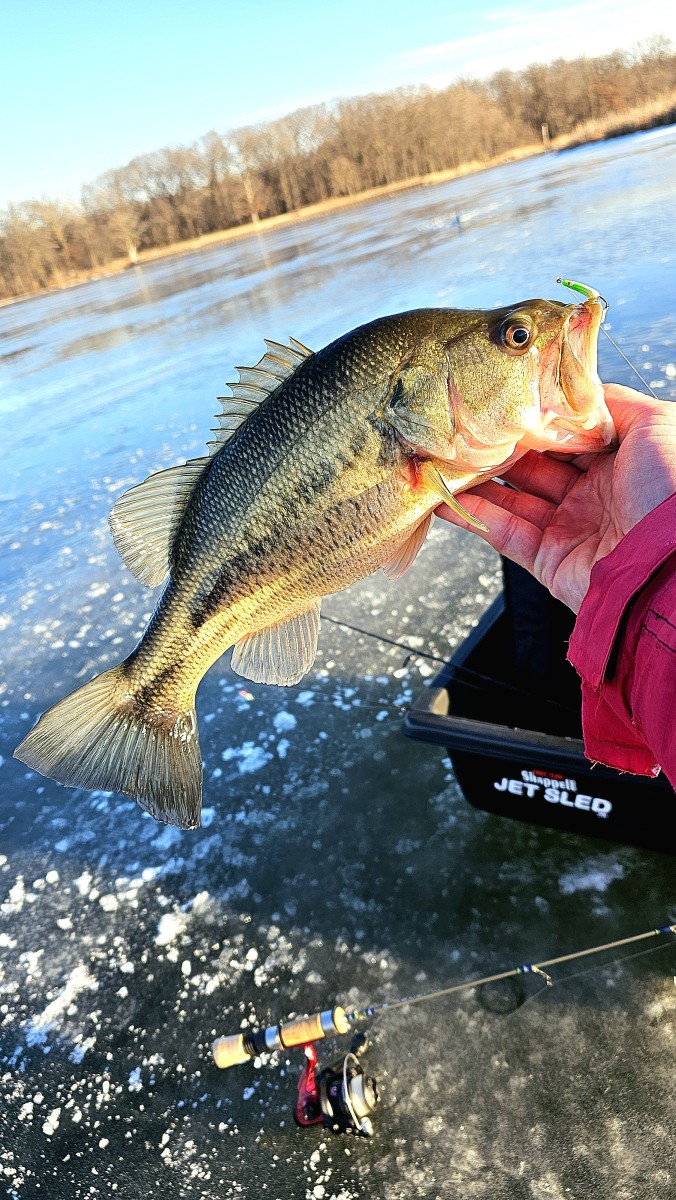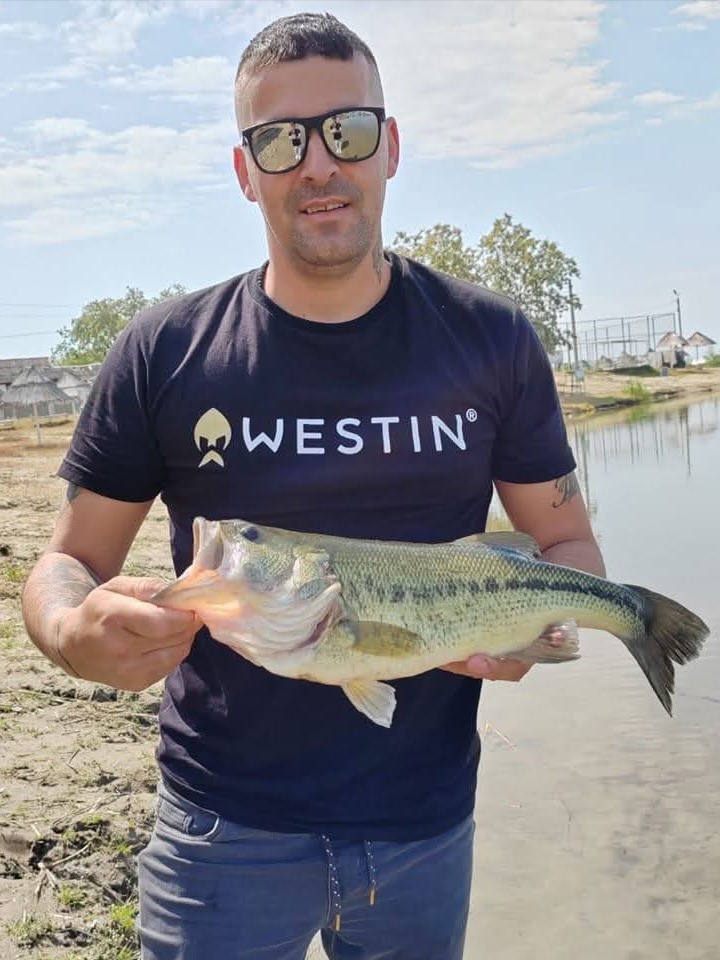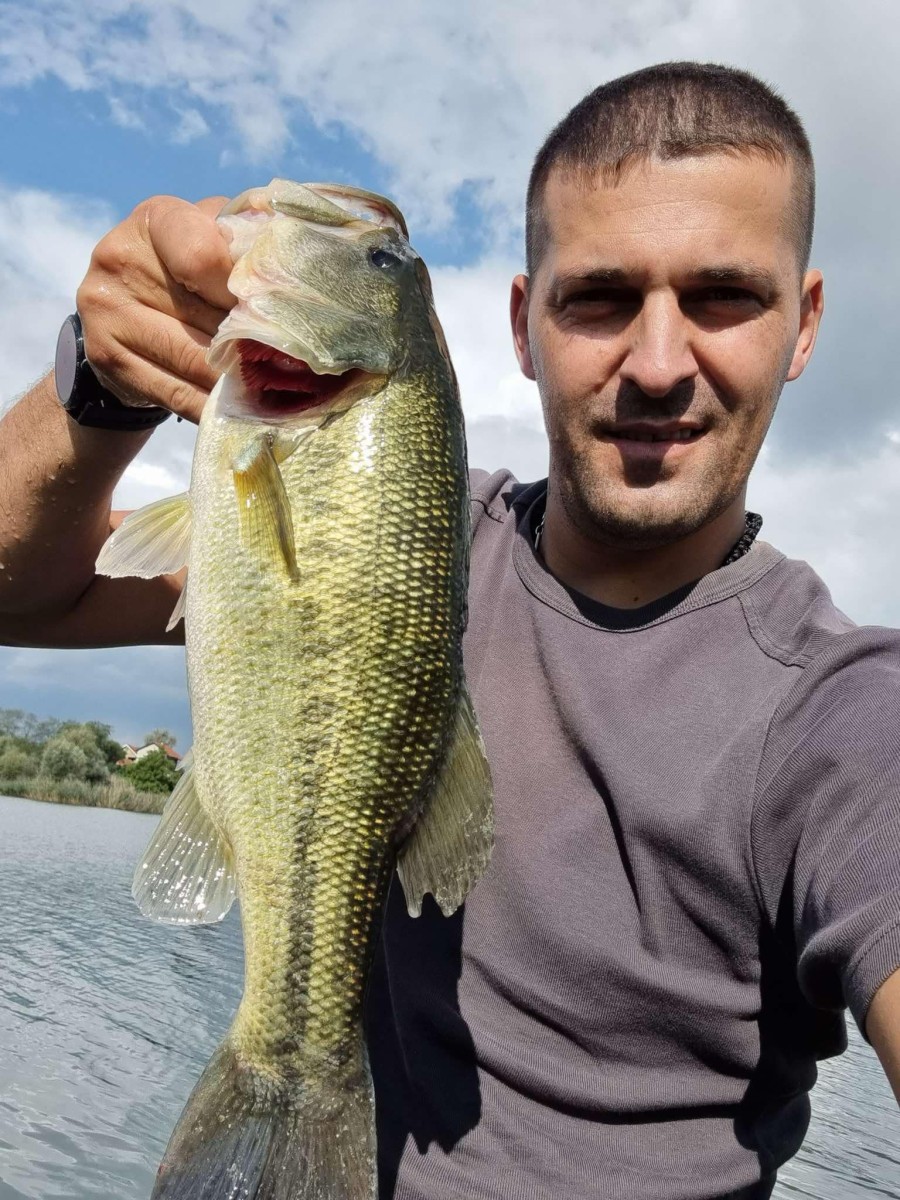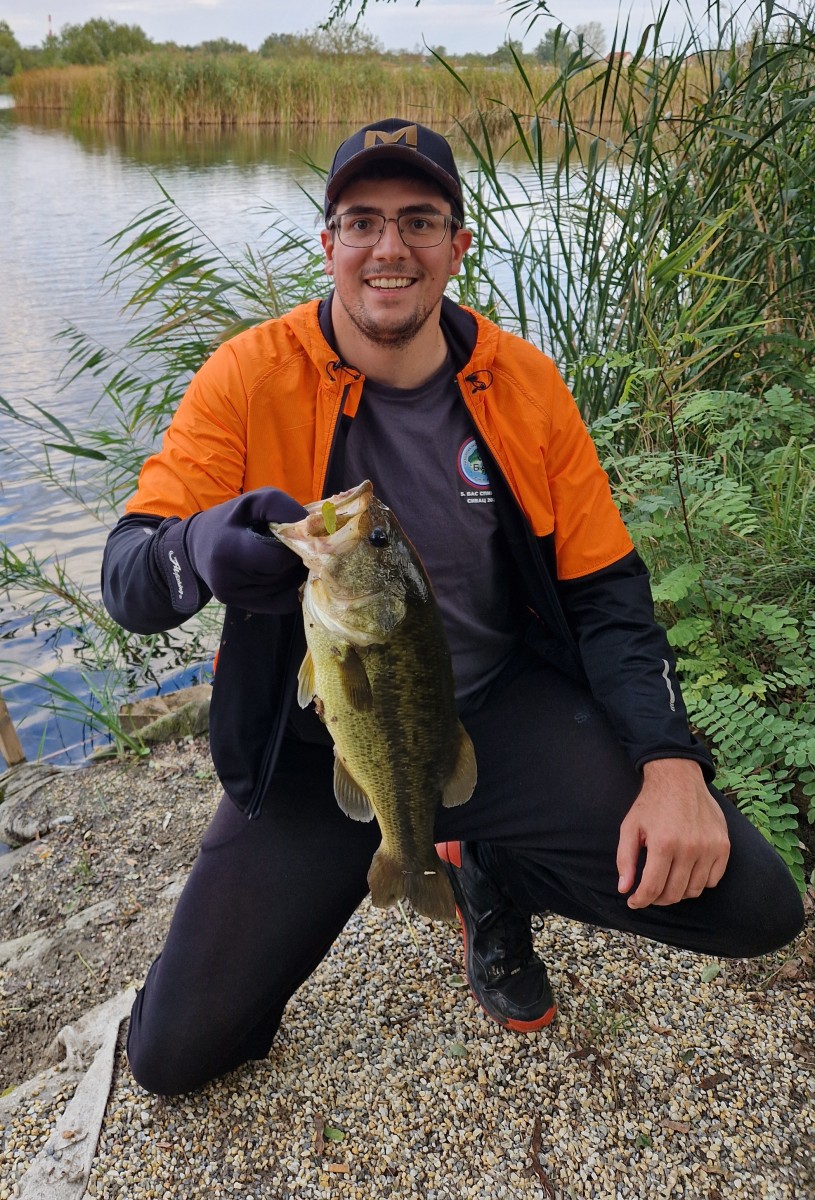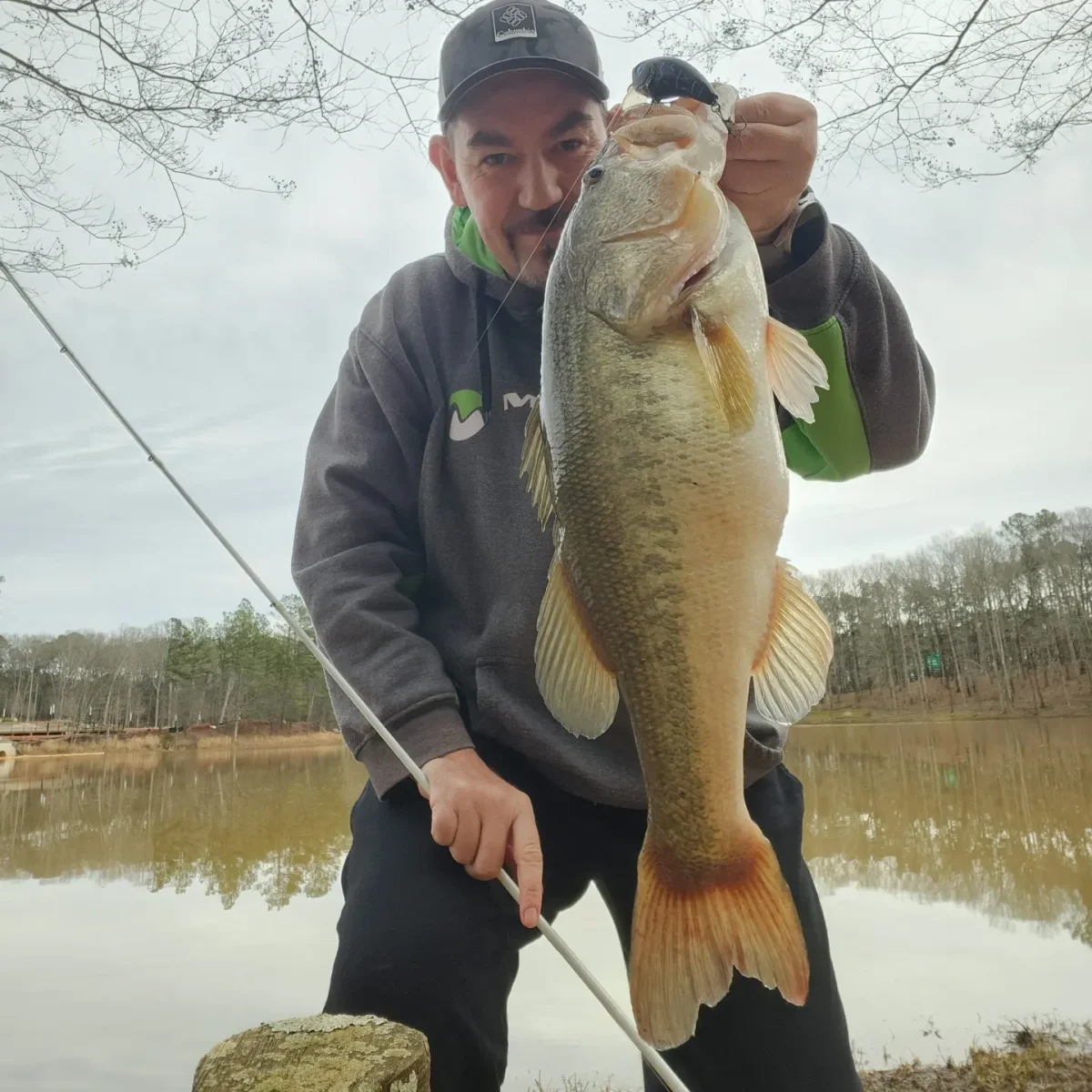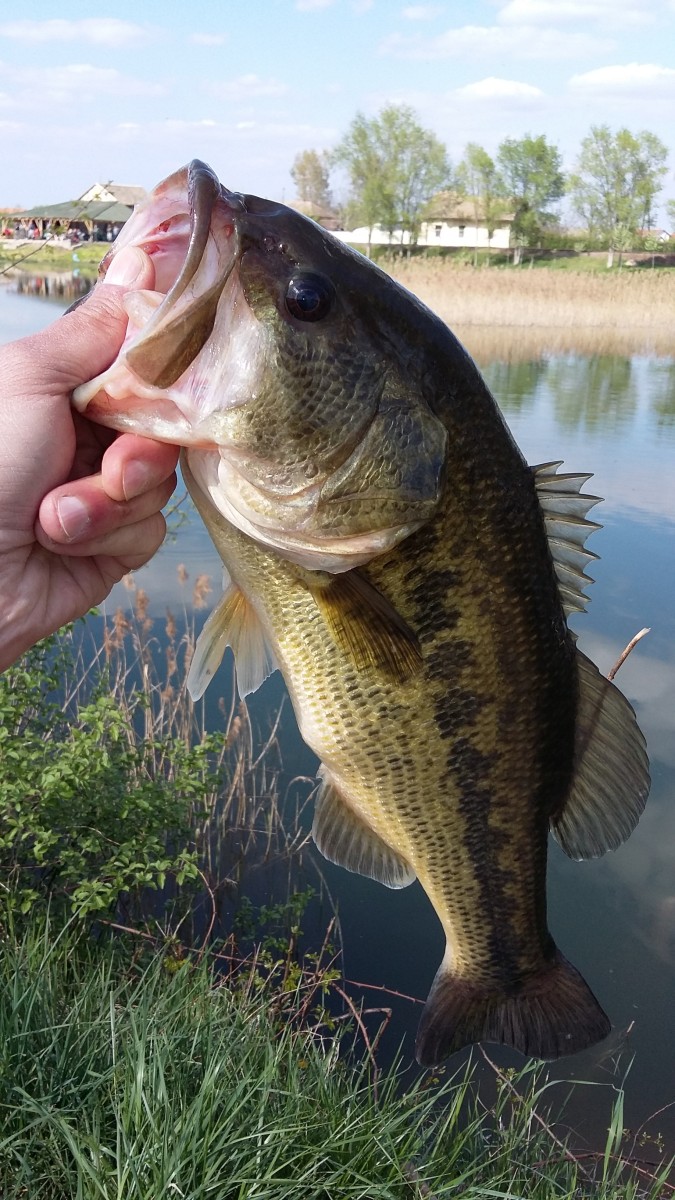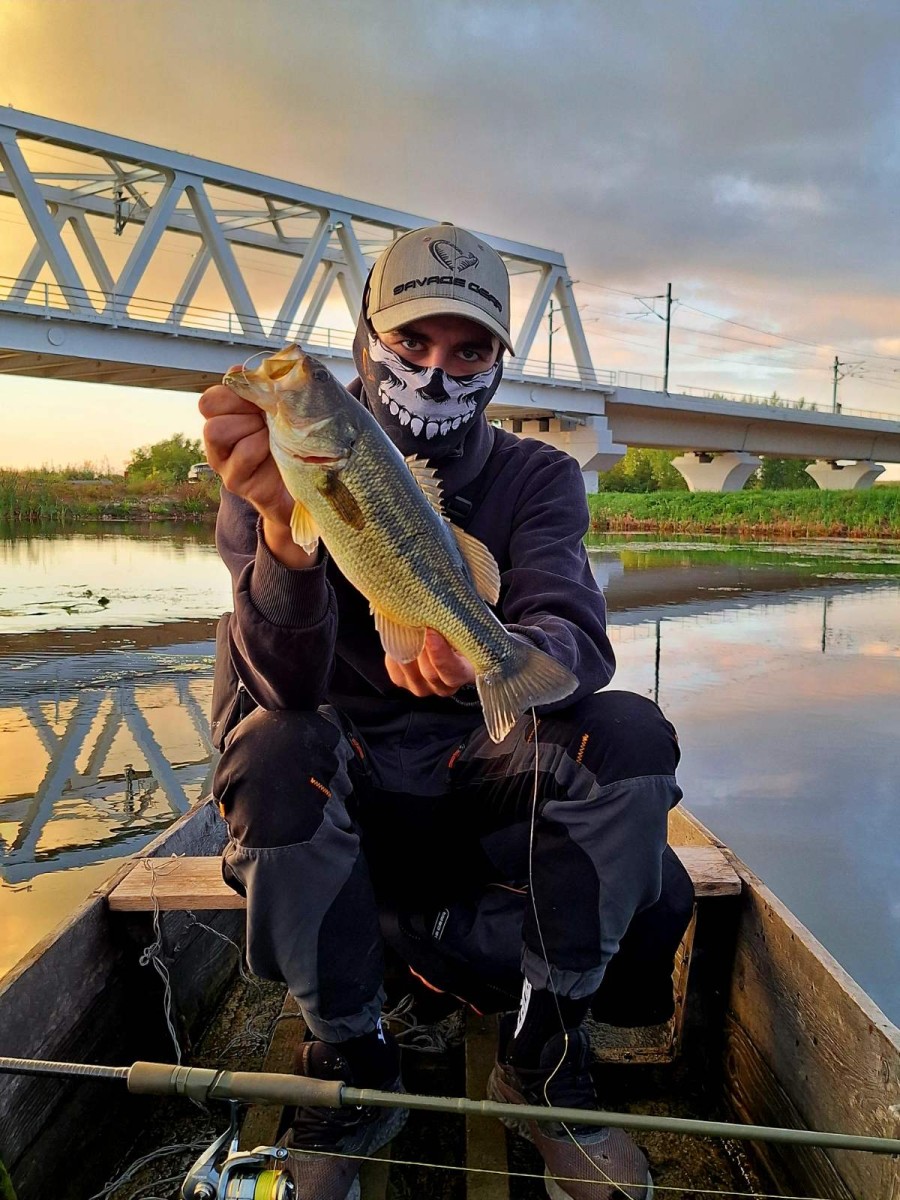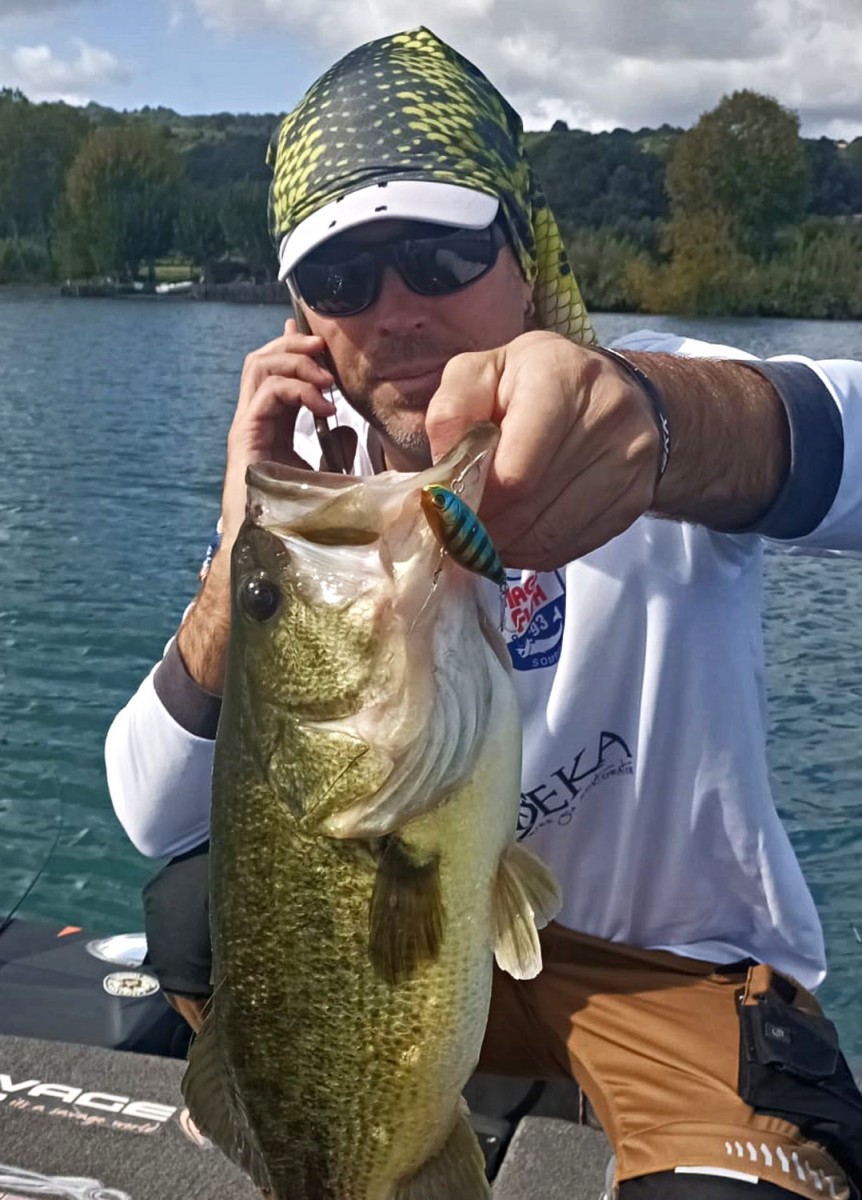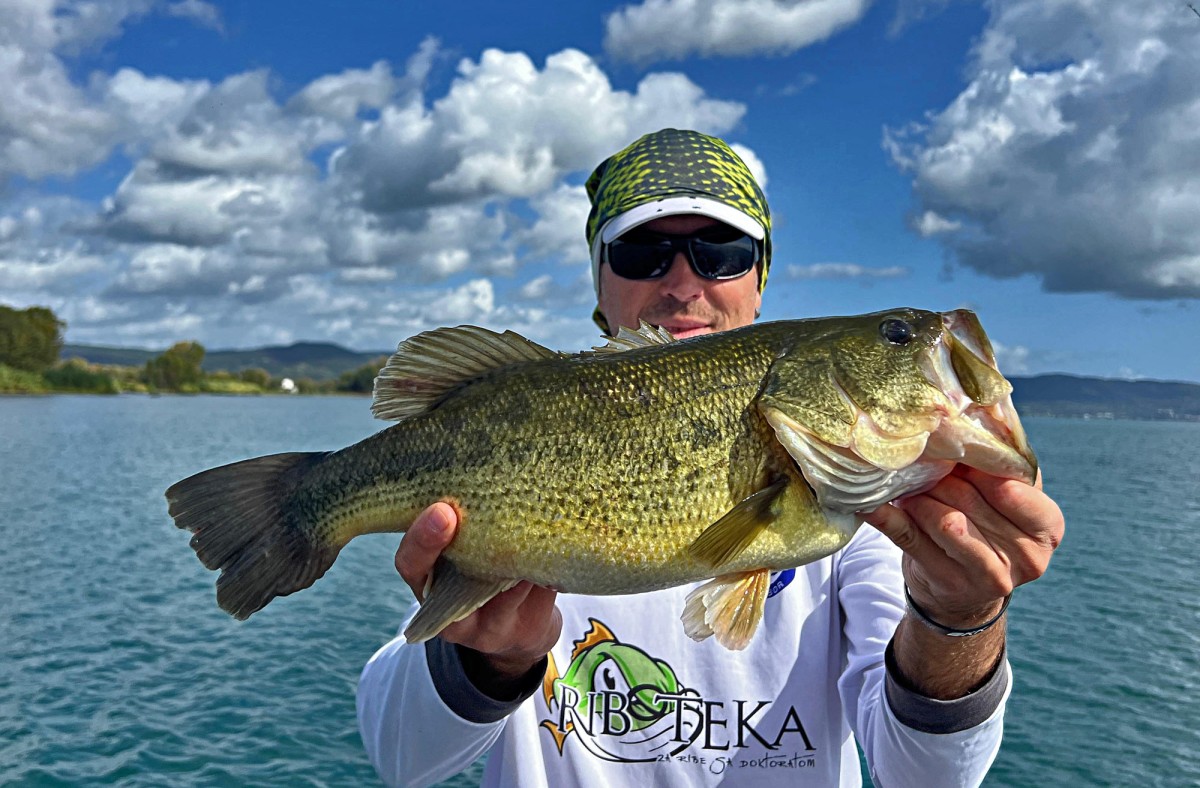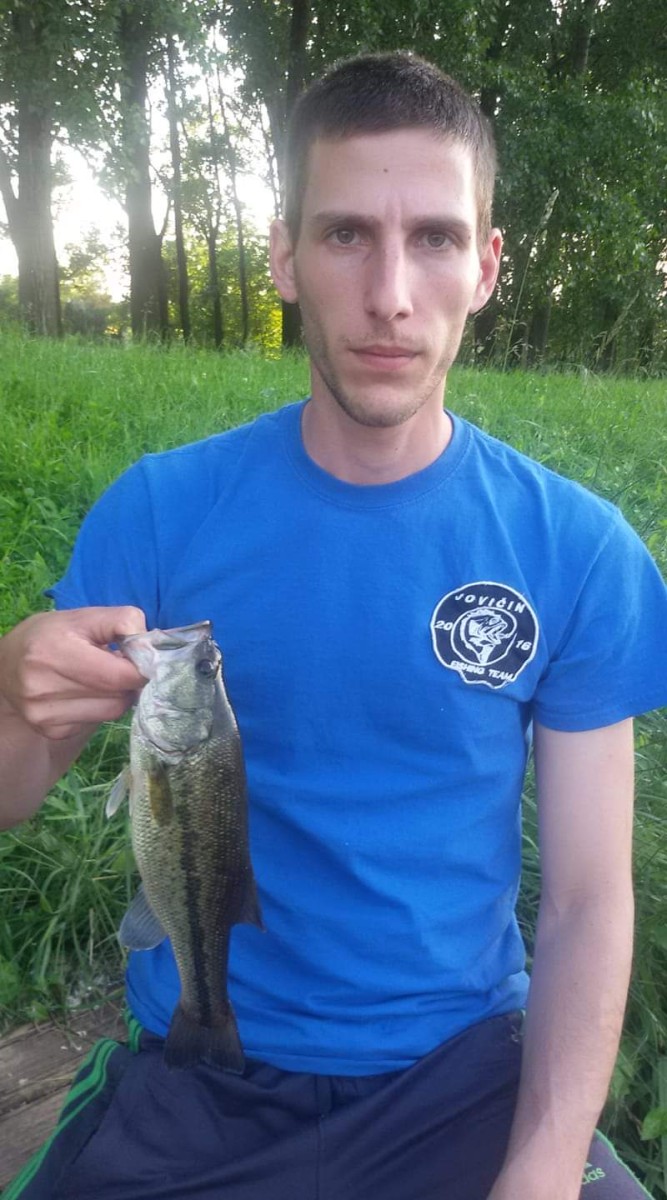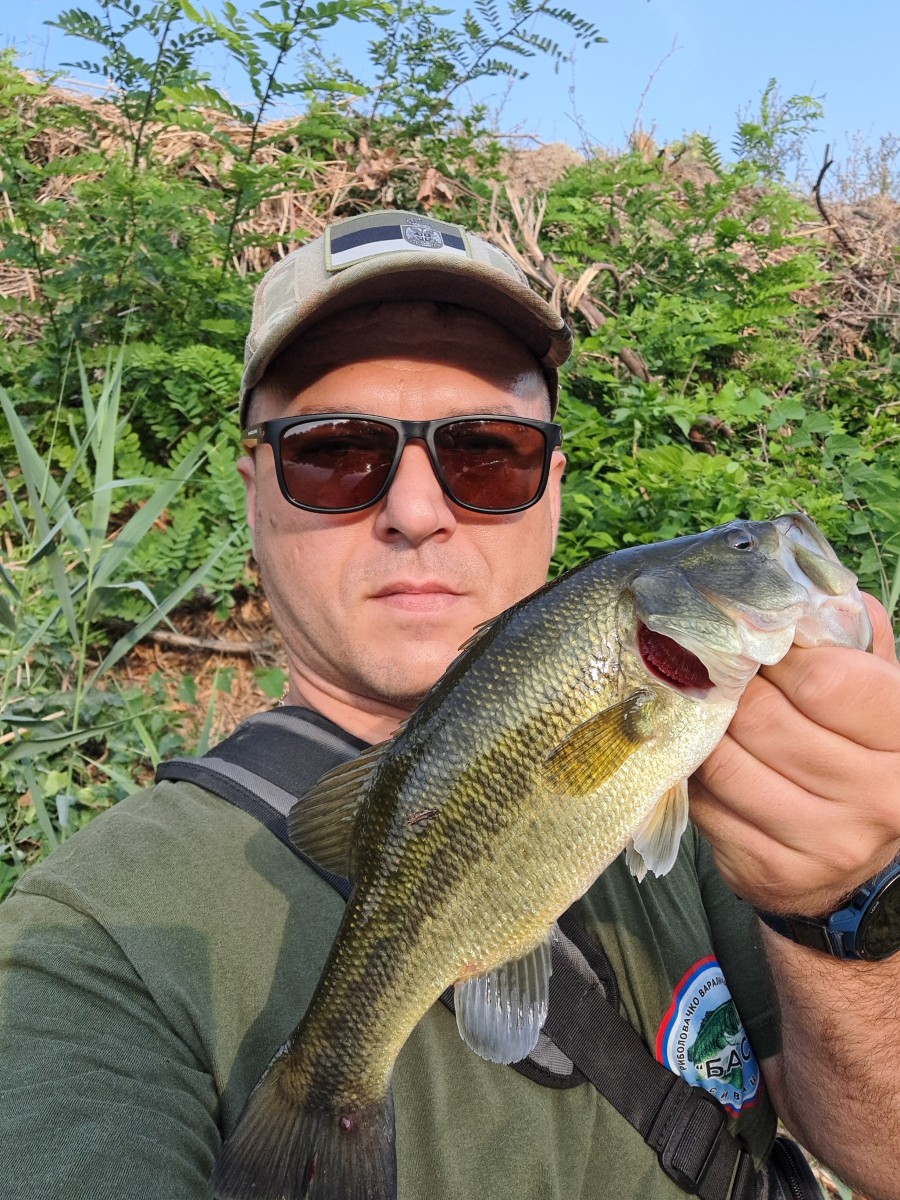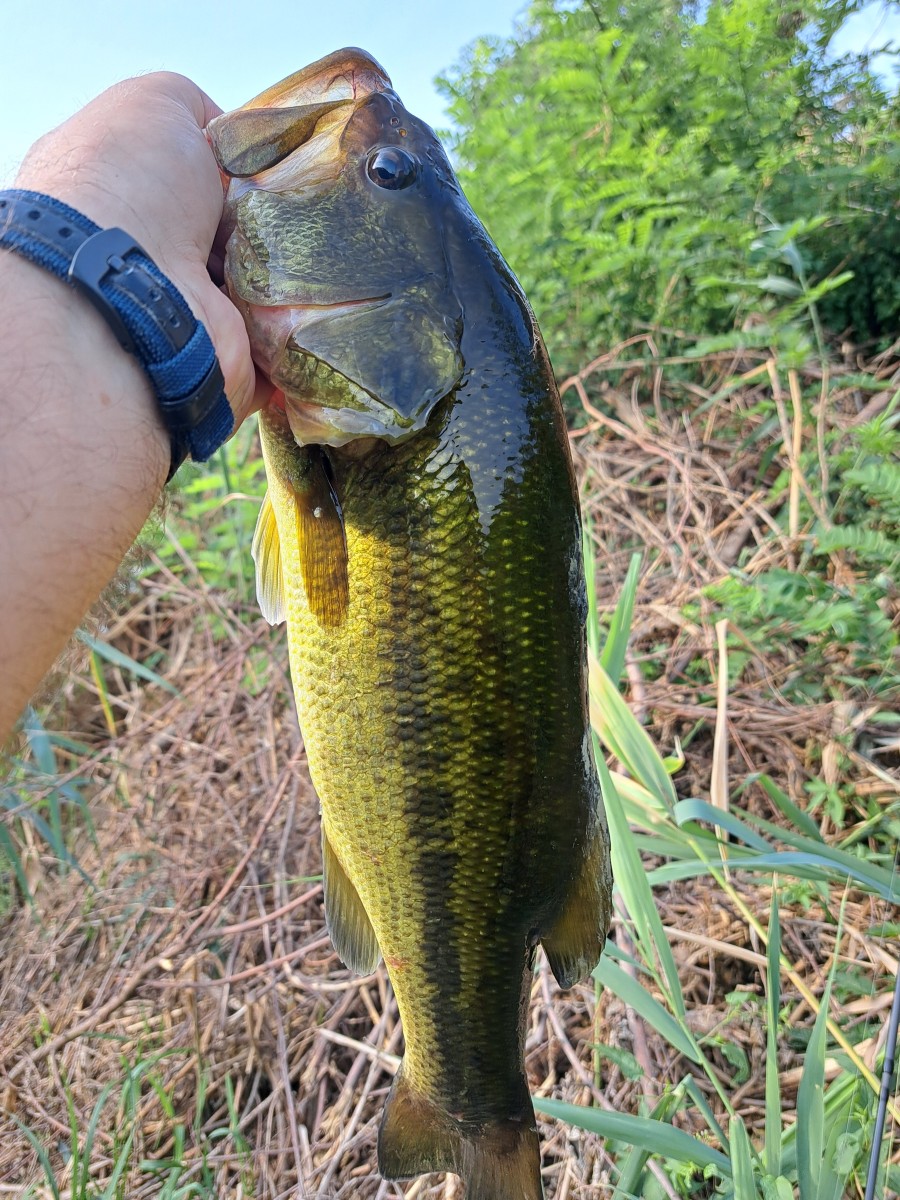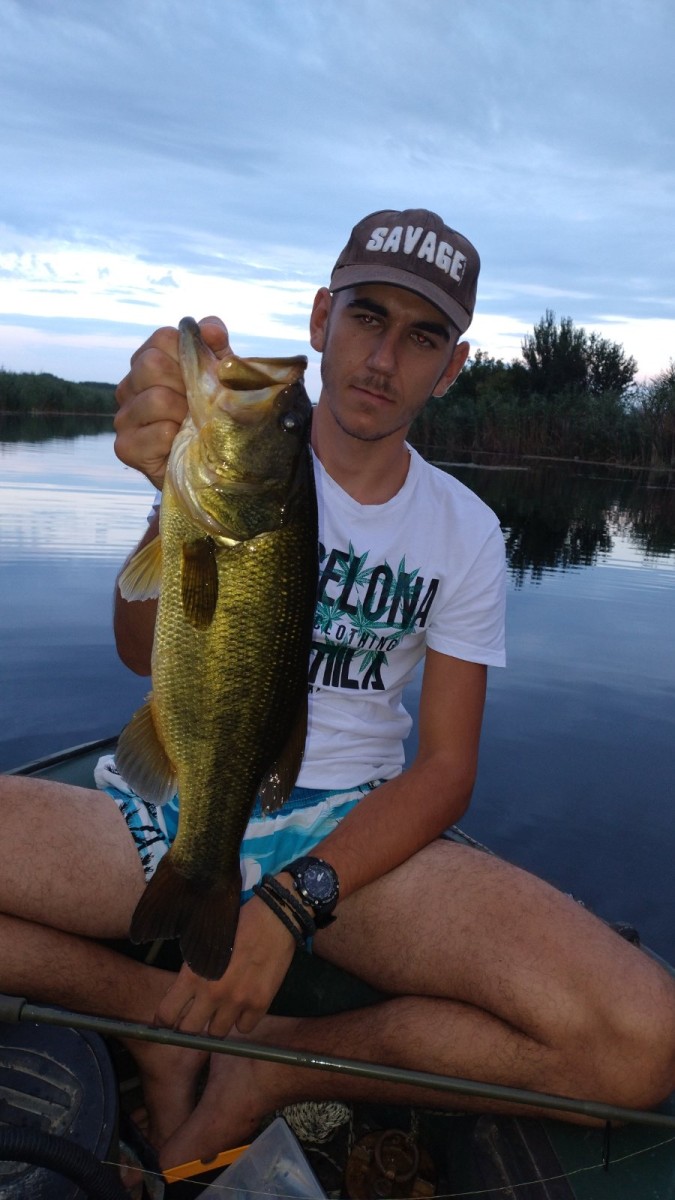Largemouth bass
(Micropterus nigricans)
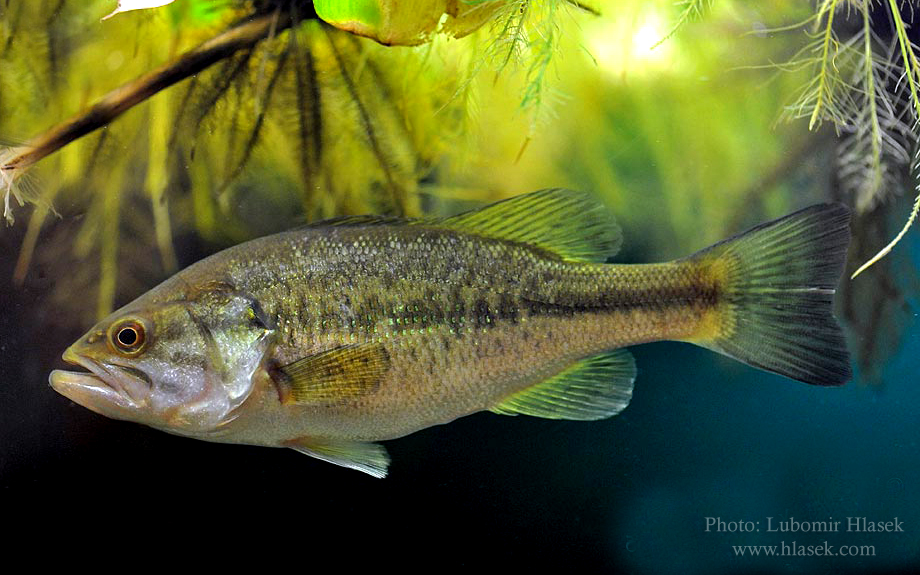
Classification
General data
Largemouth bass, previously Micropterus salmoides, is now the scientific name for Florida bass. Largemouth bass are now Micropterus nigricans.
The largemouth bass (Micropterus nigricans) is a carnivorous freshwater ray-finned fish in the Centrarchidae (sunfish) family, native to the eastern and central United States, southeastern Canada and northern Mexico.
The largemouth bass is an olive-green to greenish gray fish, marked by a series of dark, sometimes black, blotches forming a jagged horizontal stripe along each flank. The upper jaw (maxilla) of a largemouth bass extends beyond the rear margin of the orbit.
The largemouth bass has been introduced into many other regions and countries due to its popularity as a sport fish and tolerance to urban environments. It causes the decline, displacement or extinctions of species in its new habitat through predation and competition, for example in Namibia. They are also an invasive species in the Canadian province of New Brunswick, and are on the watch list across much of the far northern US and Canada. In colder waters, these fish are often a danger to native fish fry such as salmon and trout. They have also been blamed for the extinction of the Atitlan grebe, a large waterbird which once inhabited Lake Atitlan, Guatemala.
In 2011, researchers found that in streams and rivers in the Iberian Peninsula, juvenile largemouth bass were able to demonstrate trophic plasticity, meaning that they were able to adjust their feeding habits to obtain the necessary amount of energy needed to survive. This allows them to be successful as an invasive species in relatively stable aquatic food webs. Similarly, a study done in Japan showed that the introduction of both largemouth bass and bluegill into farm ponds have caused increases in the numbers of benthic organisms, resulting from the predation on fishes, crustaceans, and nymphal odonates by the bass. The largemouth bass has been causing sharp decreases in native fish populations in Japan since 1996, especially in bitterling fish in Lake Izunuma-Uchinuma.
